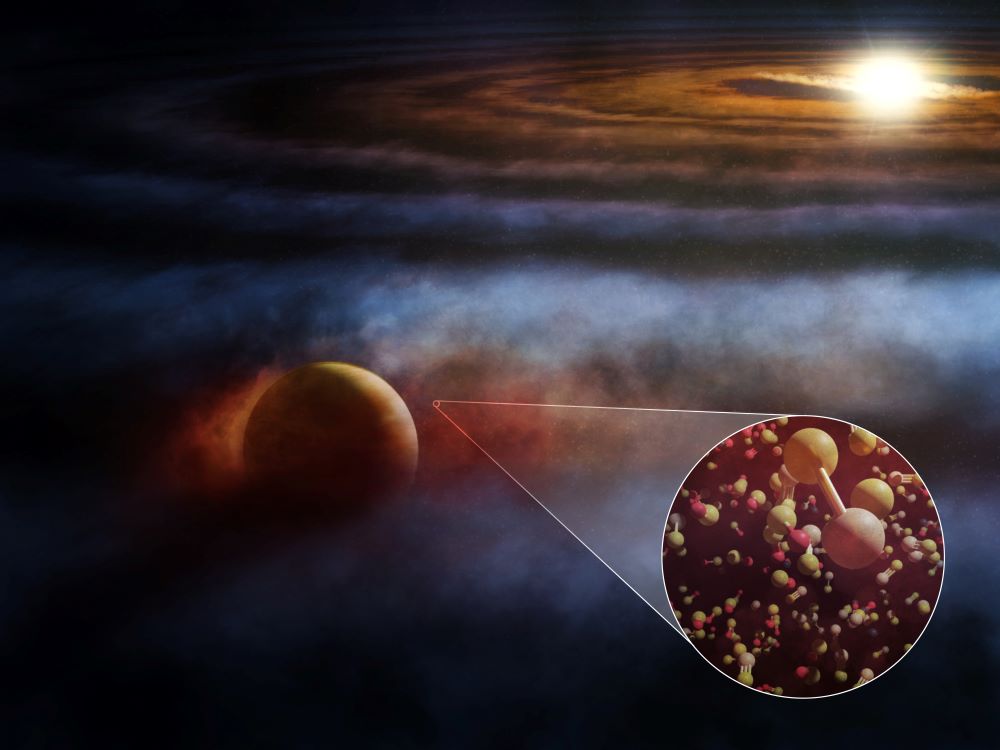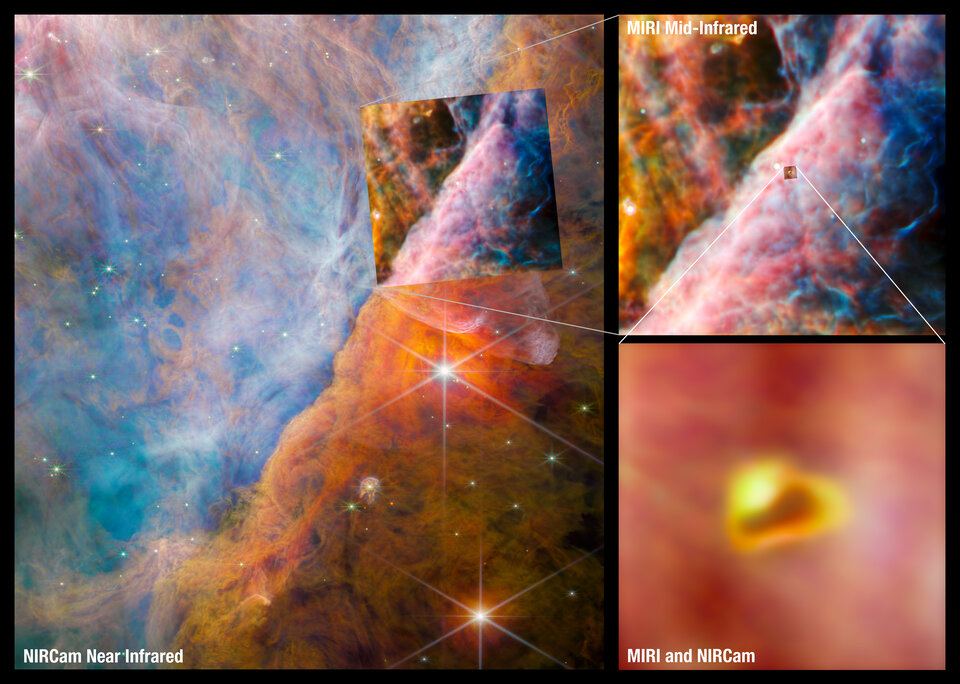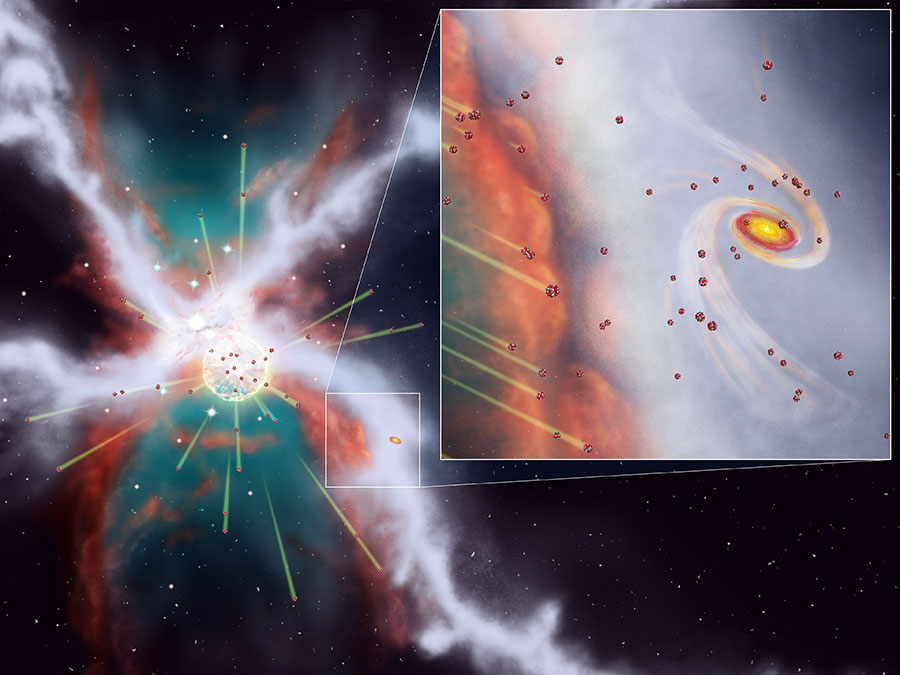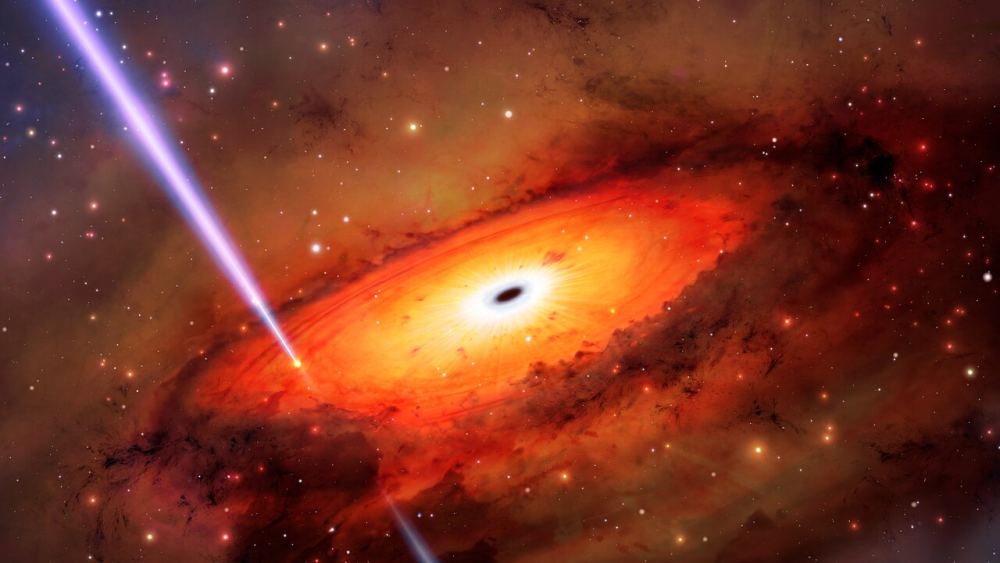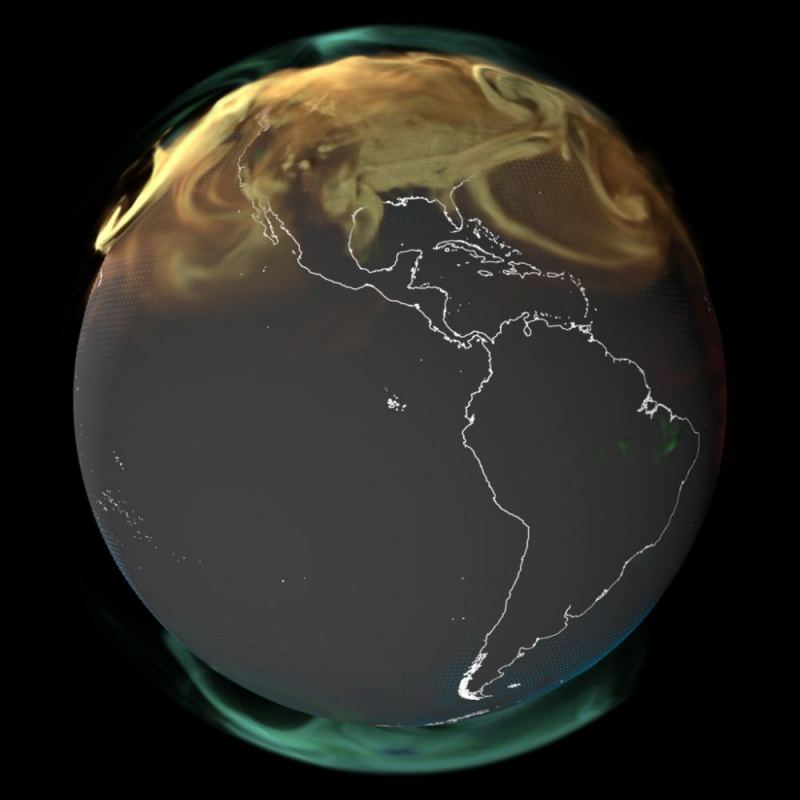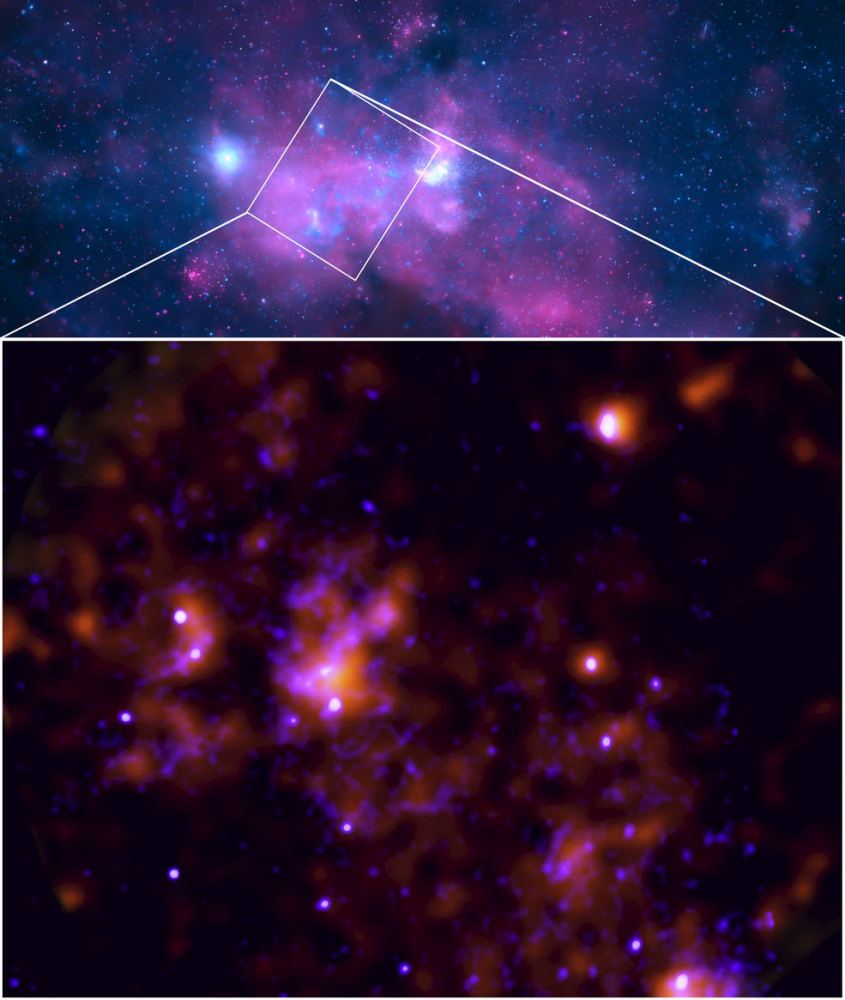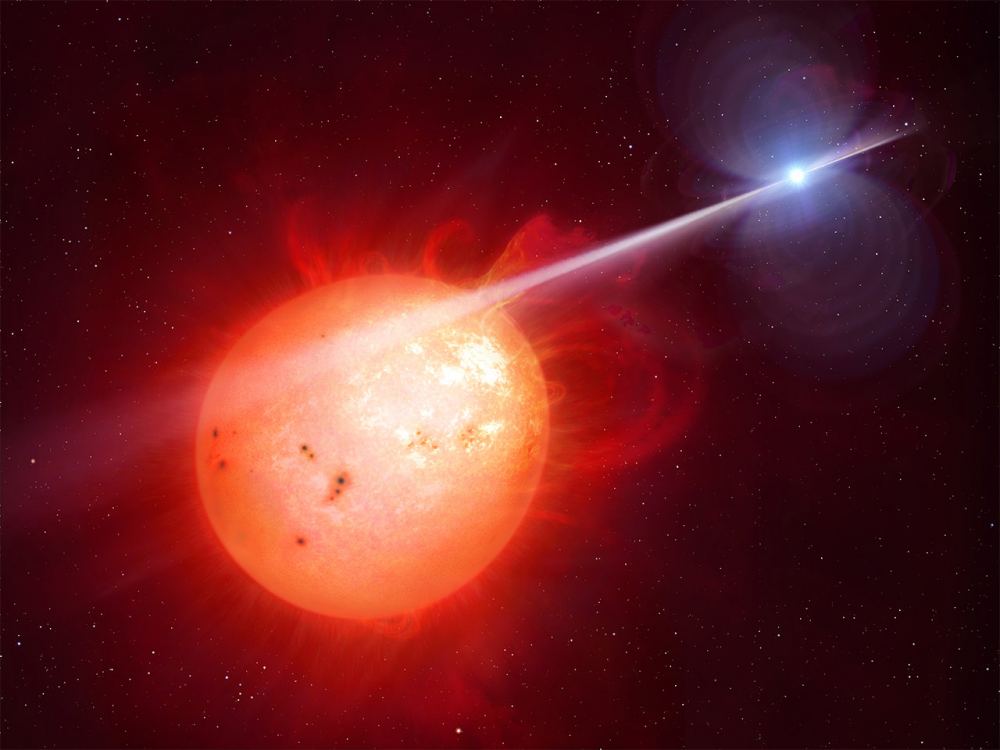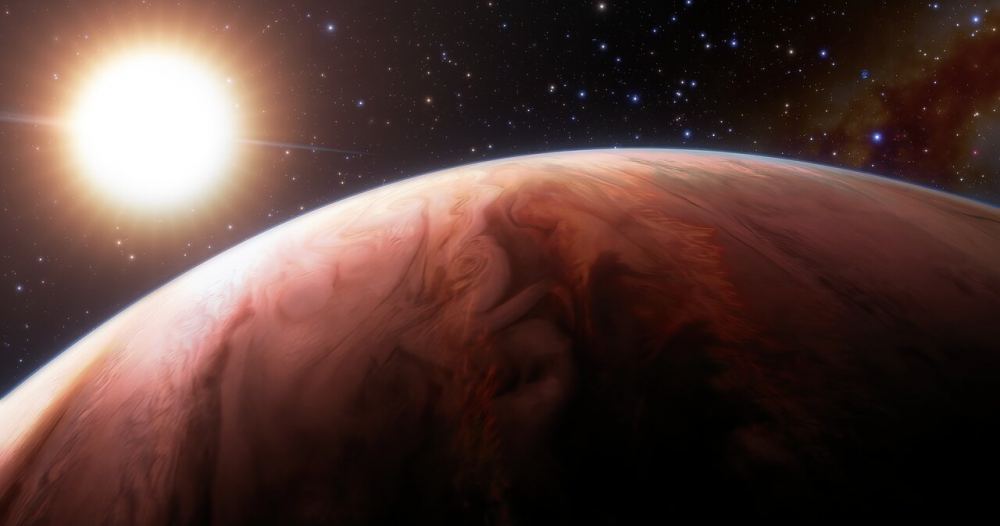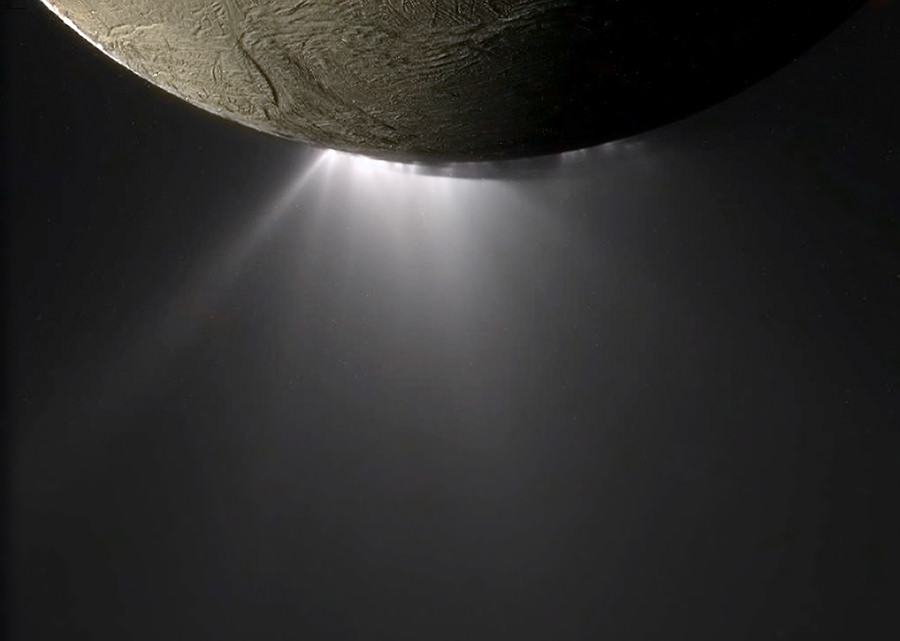Remember how a new car smells? It’s a chemical signature of all the materials used to make the car’s interior. What if you could use chemical signatures to learn about newborn planets?
Continue reading “That New Car Smell… But for Planets”That New Car Smell… But for Planets
